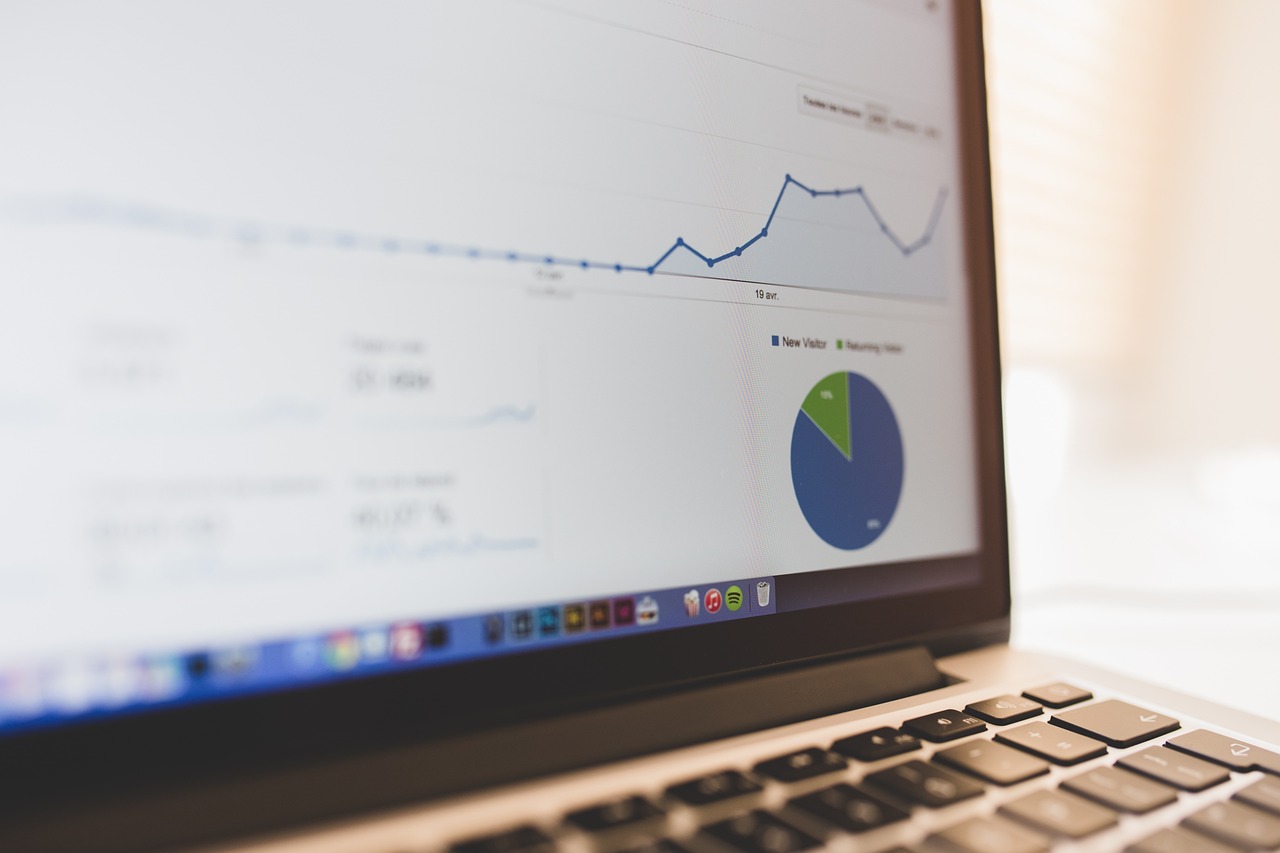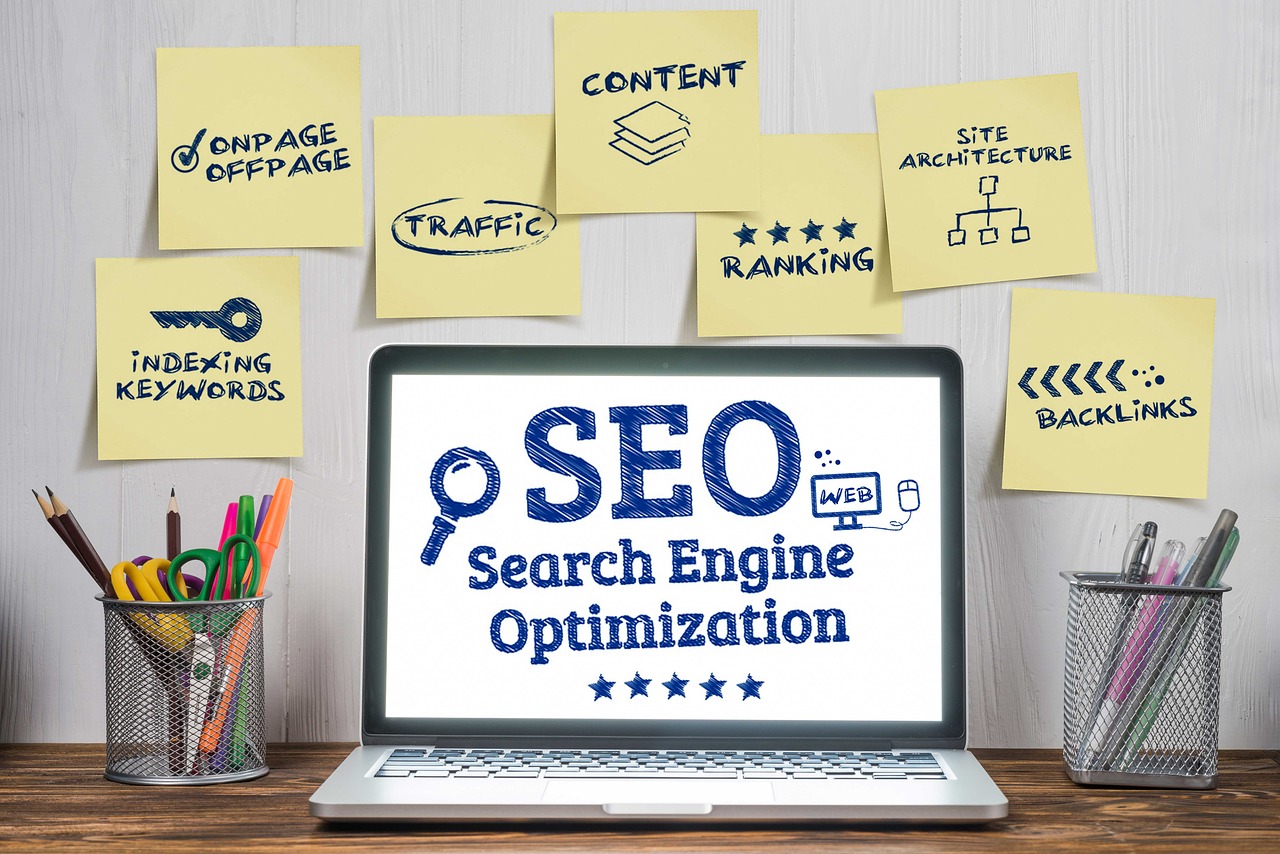In today’s digital-first world, local SEO has become essential for businesses looking to attract customers in their geographic area. Whether you run a restaurant, law firm, retail store, or service-based business, optimizing for local search can significantly increase your visibility and foot traffic.
Local SEO focuses on optimizing your online presence to appear in search results for location-based queries. For example, when someone searches “best coffee shop near me” or “plumber in Dallas,” local SEO ensures your business appears prominently.
As search engines evolve, local SEO strategies must adapt. This Local SEO Checklist for 2025 will guide you step-by-step on how to optimize your business and rank higher in local search results.

Why Local SEO Matters in 2025
Before diving into the checklist, let’s understand why local SEO is more important than ever:
- Mobile Search Dominance: Over 60% of searches are now from mobile devices, with many having local intent.
- Google’s Local Algorithm Updates: Google continually improves how it delivers local results, placing more emphasis on relevance, proximity, and prominence.
- Voice Search Growth: Local voice queries (“near me” searches) are surging with smart devices.
- Customer Trust: Appearing in local packs and maps builds credibility.
- Higher Conversion Rates: Local searches have high purchase intent, leading to better conversions.
Local SEO is the key to connecting your business with nearby customers actively searching for your services or products.
Local SEO Checklist for 2025
1. Claim and Optimize Your Google Business Profile (GBP)
Google Business Profile (formerly Google My Business) is the foundation of local SEO.
- Claim and verify your profile through Google Search Console or Google Business app.
- Complete all profile details: business name, address, phone number (NAP), website, hours, services, and categories.
- Add high-quality photos of your business, products, and staff.
- Write a compelling business description using relevant keywords naturally.
- Regularly update your profile with posts, offers, and events.
- Enable and manage customer reviews, respond promptly and professionally.
A well-optimized GBP improves your chances of appearing in the local “3-pack” and Google Maps.
2. Ensure NAP Consistency Across Online Listings
Your business’s Name, Address, and Phone number (NAP) must be consistent everywhere — website, directories, social media, and citation sites.
- Audit existing listings for inaccuracies or outdated info.
- Update and correct NAP details on major directories like Yelp, Bing Places, Facebook, Yellow Pages, and industry-specific sites.
- Use tools like Moz Local or BrightLocal to find and fix NAP inconsistencies.
NAP consistency is a critical ranking factor for Google’s local algorithm and builds user trust.
3. Optimize Your Website for Local Search
Your website should clearly reflect your local business identity.
- Include your city and state naturally in key places: title tags, meta descriptions, headers, and content.
- Create a dedicated location or “About Us” page with detailed address and map.
- Embed a Google Map with your business location.
- Use schema markup for local business to help search engines understand your business details.
- Ensure your site is mobile-friendly and fast-loading.
Optimizing your site for local keywords helps Google associate your business with local searches.
4. Build Local Citations and Listings
Local citations are mentions of your business on other websites, including directories, blogs, and news sites.
- Focus on relevant, authoritative local directories and industry-specific platforms.
- Submit your business to chambers of commerce, local business associations, and community websites.
- Avoid low-quality or spammy citation sites to maintain your site’s authority.
Citations improve your local relevance and authority in Google’s eyes.
5. Generate and Manage Customer Reviews
Reviews impact rankings and influence purchasing decisions.
- Encourage satisfied customers to leave reviews on your Google Business Profile and other platforms like Yelp, Facebook, and industry review sites.
- Make it easy with follow-up emails or QR codes linking to your review pages.
- Respond professionally to all reviews — positive or negative.
- Highlight testimonials on your website and social channels.
Fresh and positive reviews signal trustworthiness and improve your local SEO standing.
6. Create Locally Relevant Content
Content marketing is powerful for local SEO.
- Publish blog posts about local events, news, and community involvement.
- Create pages for specific neighborhoods or service areas.
- Use local keywords naturally in your content.
- Share stories, case studies, or customer success stories featuring local clients.
- Use local landmarks and landmarks in images and descriptions.
Relevant content helps you connect with the local audience and ranks for long-tail local searches.
7. Build Local Backlinks
Backlinks from reputable local websites boost your domain authority and local relevance.
- Partner with local businesses, bloggers, and organizations for link exchanges or guest posts.
- Sponsor or participate in local events and get mentioned on event pages.
- Submit press releases about local newsworthy activities.
- Engage with local influencers who can link to your site.
Focus on quality and relevance rather than quantity to avoid penalties.
8. Optimize for Voice Search and Mobile Users
Voice search is changing how users find local businesses.
- Use conversational, question-based keywords.
- Answer common questions clearly in your content.
- Ensure your website loads quickly and displays correctly on mobile devices.
- Implement structured data for rich answers.
Voice queries often have local intent, so optimizing for them can give you an edge.
9. Leverage Social Media for Local Engagement
Social platforms can increase your visibility and strengthen your local presence.
- Maintain active profiles on Facebook, Instagram, LinkedIn, or Twitter.
- Share local news, events, and promotions.
- Engage with your community by responding to comments and messages.
- Use geo-tags and local hashtags to expand reach.
Social signals may indirectly influence local SEO by driving traffic and engagement.
10. Monitor Your Local SEO Performance
Tracking your progress helps refine your strategy.
- Use Google Business Profile Insights for data on views, searches, and actions.
- Track keyword rankings with tools like Ahrefs, SEMrush, or Moz.
- Monitor website traffic and user behavior via Google Analytics.
- Use local SEO audit tools like BrightLocal or Whitespark to find improvement areas.
- Adjust your tactics based on data and trends.
Continuous optimization ensures you stay competitive in local search results.
Final Thoughts
Local SEO is a powerful tool for businesses aiming to capture customers in their immediate geographic area. By following this comprehensive Local SEO Checklist for 2025, you can improve your business’s visibility, attract more qualified leads, and ultimately grow your revenue.
Remember, local SEO is not a one-time effort but a continuous process of optimization, content creation, engagement, and monitoring. Stay updated with Google’s evolving algorithms and adapt your strategies to maintain and enhance your local search rankings.
Start implementing these steps today and watch your business climb higher in local search results in 2025 and beyond.




